Volkswagen Commercial Vehicles from Germany have unveiled a restored 1955 Klv-20 rail bus with a 21 kW engine, featuring unique rail chassis and hydraulic turning system.
From Volkswagen 07/08/24 (originally released in 05/24)
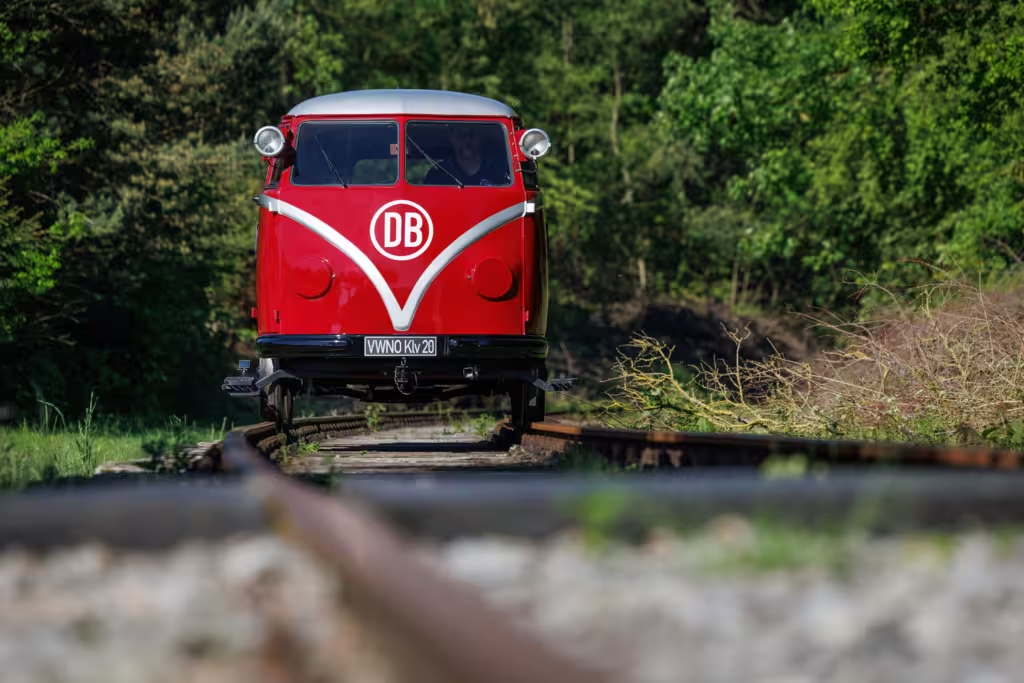
- Spectacular VW Bulli rail bus from 1955 is a new addition to the collection of Volkswagen Commercial Vehicles Oldtimer department.
- The Klv-20 – a ‘rail vehicle for universal use’ – makes its return to the tracks.
- This is an original “barndoor” Bulli that only runs on rails.
The experts from the Classic Vehicles department of Volkswagen Commercial Vehicles (VWNO) have once again uncovered a historic Bulli gem.
Following the spectacular Half-Track Fox, a Bulli converted for off-road use with four axles and chain-driven tracks at the rear, the department has now unveiled its latest unique find: the Bulli rail bus from 1955 – also known as the Klv-20.
And when we say rail bus, we are not talking about a rail replacement bus service.
In fact, this is a VW bus that actually runs on the rails – an incredible mix of a train and a VW bus.
VWNO will present this unusual vehicle to fans at the inaugural Bulli & Coffee event in Hanover on 2 June 2024, which is being held to mark International VW Bus Day.
The year was 1954. The Deutsche Bundesbahn (German Federal Railway) was faced with the challenge of procuring new compact service vehicles for its railways.
Instead of developing a new vehicle from scratch, they combined the versatile Volkswagen Transporter with a rail chassis.
Two companies were commissioned to build this compact vehicle with an internal combustion engine, which was given the designation Klv-20.
Within the space of a year, the companies Martin Beilhack (Rosenheim) and Waggon- und Maschinenbau GmbH Donauwörth each converted 15 units for rail use.
The vehicle now in the VWNO collection was manufactured by Beilhack.
These ‘railway Bullis’ were mainly used at rail and signal maintenance depots to make inspection and repair trips.
And the Klv-20s remained in service for a considerable time: it was not until the 1970s that they were largely phased out.
Today, there are only a handful of these vehicles remaining that are still in running order and that are in such a good condition as VWNO’s Klv-20, which has the vehicle number 20–5011.
The Klv-20 essentially consists of three components: the body of a T1 Kombi van, a 21 kW/28 PS Volkswagen industrial engine, and a chassis with a hydraulic lifting/turning mechanism.
This allowed the Klv-20 to be lifted up, turned around, and put back on the rails by one person, instead of having to drive back to the starting point in reverse gear.
The compact rail vehicle could thus be used very flexibly.
To ensure that the ‘rail Bulli’ complied with the regulations for auxiliary railway vehicles, the lights at the front and rear were removed and these areas were covered up with metal panels.
The standard lights stipulated for rail vehicles were then installed in new positions: two white lamps at the front and one red lamp at the rear.
VWNO’s Klv-20 began its career at the rail depot in Plattling/Bavaria and was then later used at the Plattling signal maintenance depot.
After being taken out of service in the 1970s, the rail bus found a new home in the Palatinate region in south-west Germany.
In 1988, it was acquired by a railway collector in the state of Hesse.
The ‘Bulli on rails’ is now part of the Volkswagen Commercial Vehicles classic vehicle collection in Hanover.
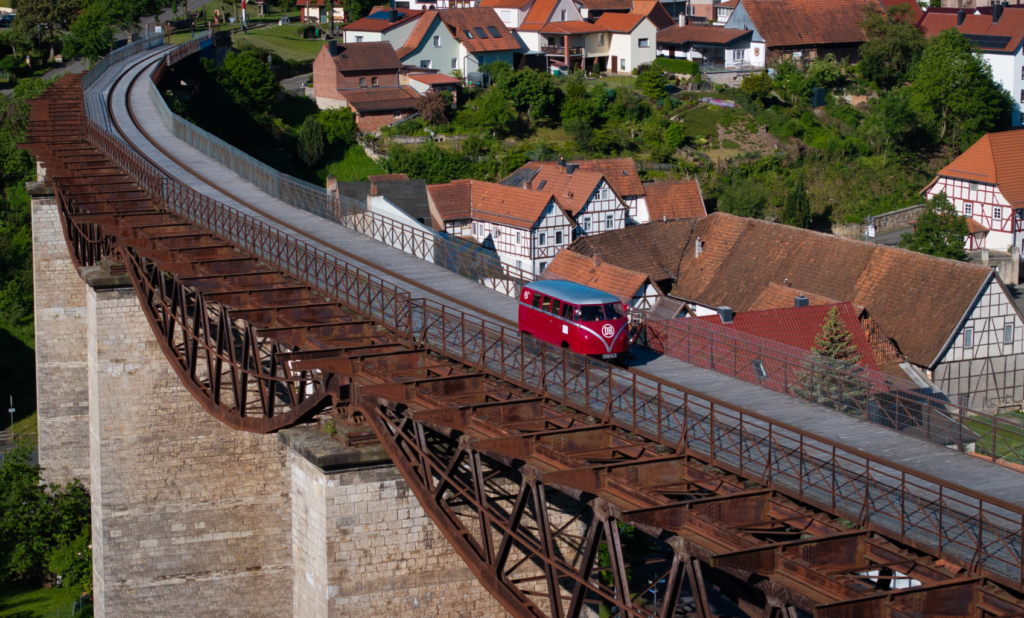
Interestingly, there was actually a sales brochure for this unusual Bulli, which describes the vehicle as follows (extract from the original brochure):
“Rail track vehicle for universal use
As a small rail bus or van with an attractive, aerodynamic and appropriately equipped VW Kombi van body.
These vehicles, which we refer to as Type GBA 1, are fitted with the tried-and-tested VW engine, which is a four-cylinder four-stroke petrol engine.
The directly langemounted manual gearbox has four gears and one reverse gear.
The power is transmitted from the gearbox to the drive wheels via two lateral oscillating axles with joint bodies.
The power unit is mounted in a chassis frame welded together from strong sectional steel; the frame also holds the wheel sets, which are well-sprung and guided.
The wheels are made of steel and have a diameter of 550 mm.
Rubber elements are fitted between the wheel rim and wheel core according to the ‘Bochumer Verein’ system, which results in very effective damping of the vehicle noise.
However, the vehicles can also be fitted with regular wheels.
The axles run in roller bearings.
All four wheels have internal shoe brakes, which are activated using the brake pedal via an oil-hydraulic system.
One wheel pair can also be braked mechanically using the lockable handbrake lever.
The body is connected to the frame by rubber elements.
It has three well-upholstered seat benches: one in the driver’s compartment with two seats, two in the passenger compartment with three seats each.
The two benches in the passenger compartment can be easily removed so that the space can be used to transport goods.
The driver’s compartment has two doors, while the passenger or load compartment has one wide wing door.
The headlights, tail lights, and interior lights are harmoniously integrated into the body.
The power unit is located at the rear of the vehicle and is easily accessible from the outside through a separate door.
The vehicle is fitted with a hydraulic lifting and turning device, with a turntable that rests securely on the rail heads.
It is operated by a hand pump, enabling the vehicle to be effortlessly turned in the desired direction of travel.”
This was the brief description provided by the Beilhack company of the unusual product it had produced.
Notably absent from the vehicle are both a rear-view mirror and a steering wheel – something that won’t surprise train enthusiasts but is a completely unfamiliar feeling for Bulli fans.
Traveling the first few metres is a truly surreal experience.
But you quickly get used to the steady rumbling on the tracks and start enjoying the landscape.
This rare specimen had its first outing on the picturesque ‘draisine’ track in Lengenfeld unterm Stein.
Tobias Twele, Volkswagen Commercial Vehicles Oldtimer, describes this journey as follows: “It was a moving experience for our team to put the Klv-20 back into service.”
“There aren’t many versions of the Bulli that we haven’t seen or driven – but this rail bus is a new one for us!”
“That’s why it was a very emotional moment for everyone when we drove across the 24-metre-high viaduct with the team for the first time.”
“In total, we traveled over 32 kilometres on the tracks on this first trip, five kilometres of which were through tunnels, and we climbed 154 metres.”
“We crossed the impressive 244-metre-long Lengenfeld Viaduct countless times.”
Anyone who would like to see this “rail bus” live, alongside a few other highlights from the VWNO collection, will have the chance to do so in Hanover on 2 June 2024.
To mark the 2nd INTERNATIONAL VW BUS DAY (INTERNATIONAL VOLKSWAGEN® BUS DAY | 2 June – National Day Calendar), there will be a Bulli & Coffee meeting for Volkswagen Bus fans in the car park at the customer centre of the VWCV plant in Hanover’s Stöcken district.
Inspired by similar meetings in the USA, the meeting will start at 9:00 a.m. and end at 12:00 p.m., as is customary for this event format.
A ‘Cars & Coffee’ meeting is an opportunity for like-minded people to meet in a car park and discuss the vehicles they love.
There is no formal programme or organised entertainment – the focus is on the vehicles and their stories.
And the event finishes at noon, giving the participants time for other activities with family or friends during the rest of the day.
Basis: VW Kombi (T1)
Year of manufacture: 1955
DB type: 200 -1A-bm1
Engine: Volkswagen industrial engine, four-cylinder boxer engine
Capacity: 1.192 ccm
Output: 21 kW / 28 hp
Top speed: 70 km/h
No. of seats: 7 (incl. driver)
Length: approx. 4,100 mm
Width: approx. 1,750 mm
Height above rails: approx. 1,850 mm
Wheelbase: 2,400 mm (same as road version)
Weight: approx. 1,550 kg
Payload: 670 kg
Gross vehicle weight rating: 2.220 kg
Track width: 1.435 mm
Wheel diameter: 550 mm
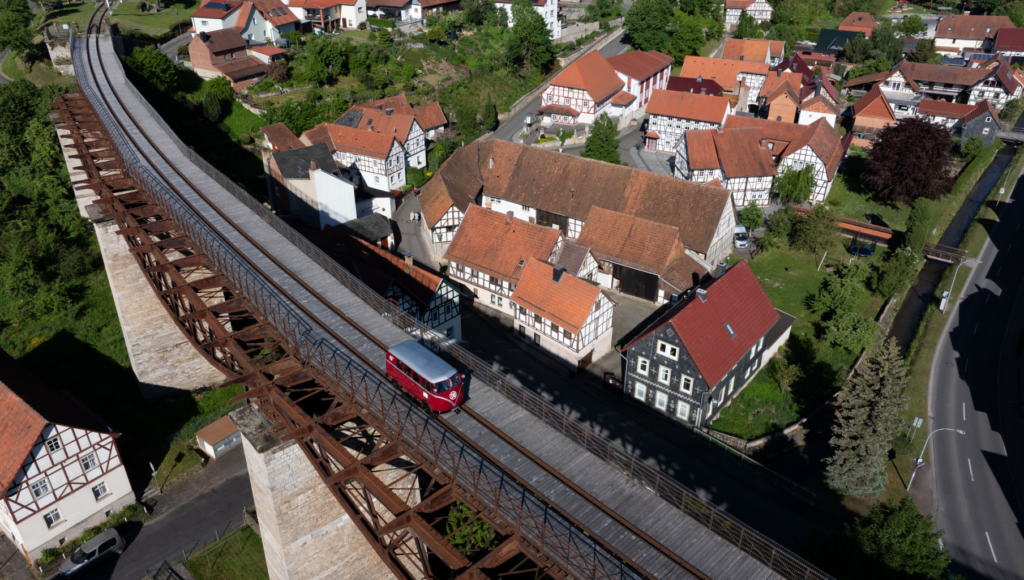
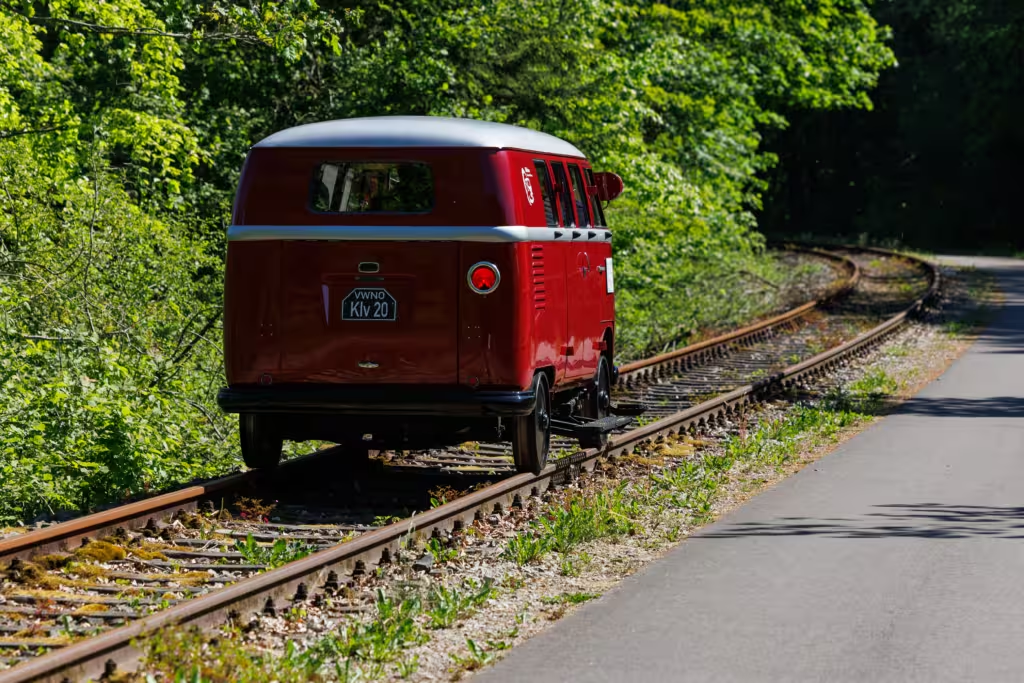
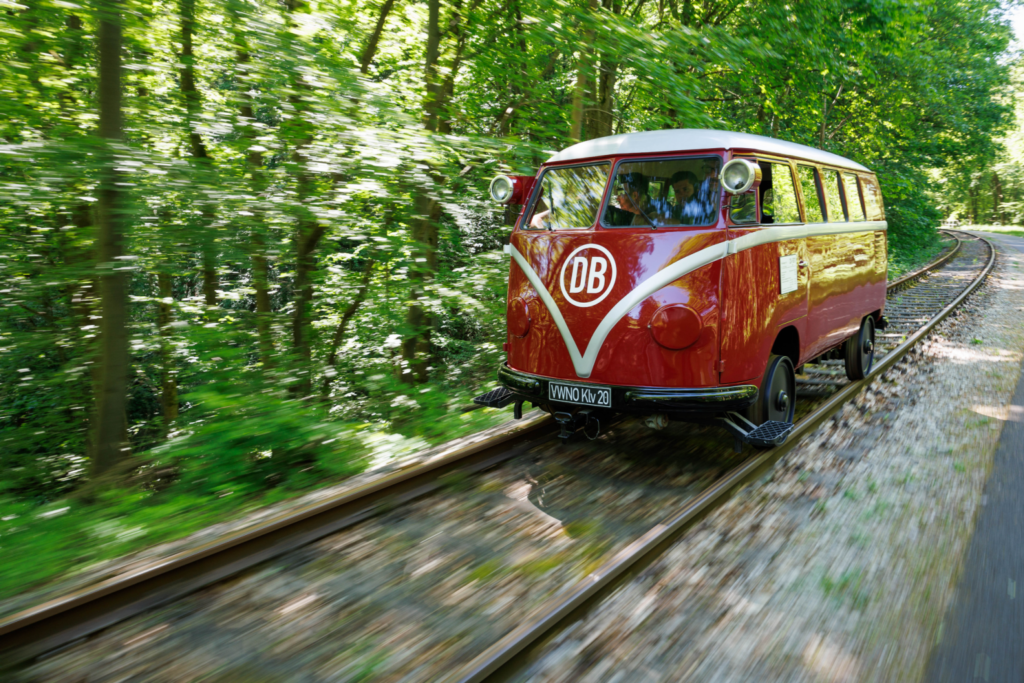
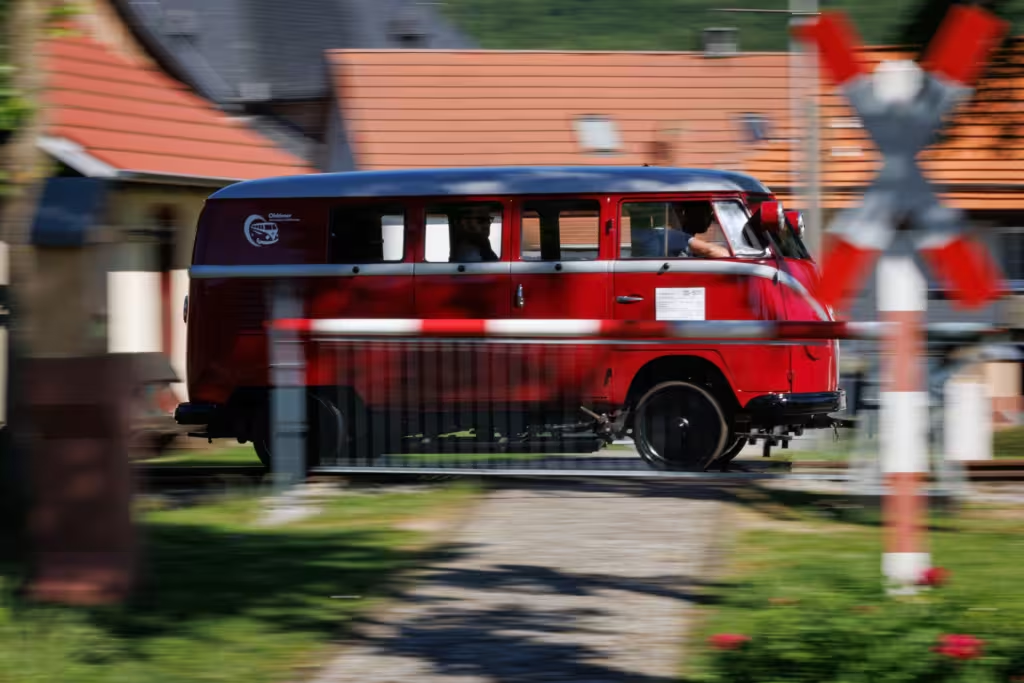
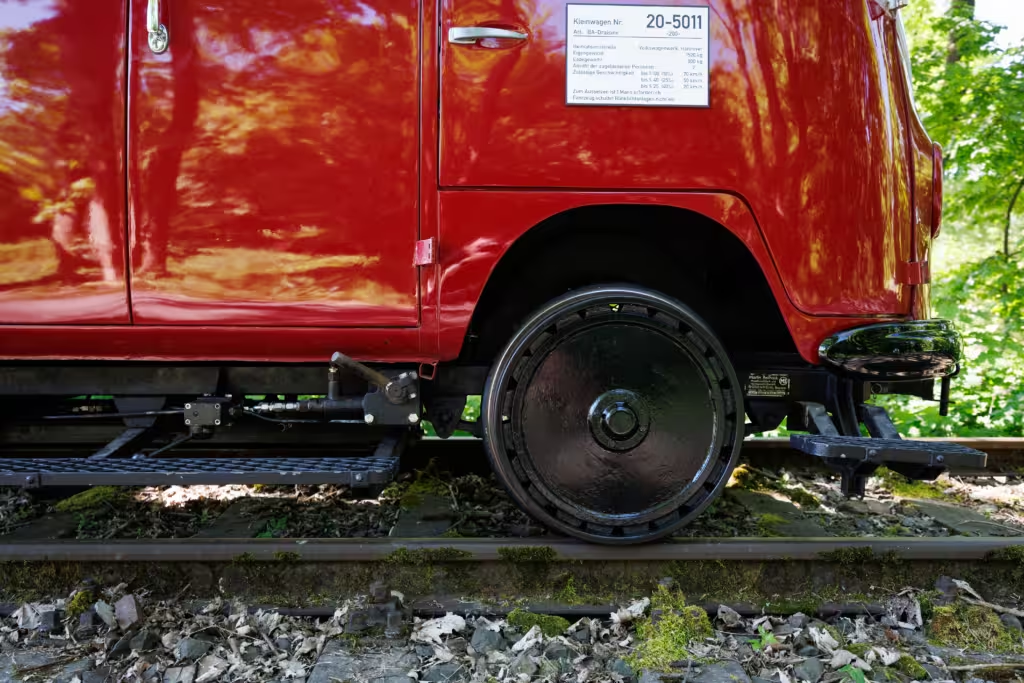
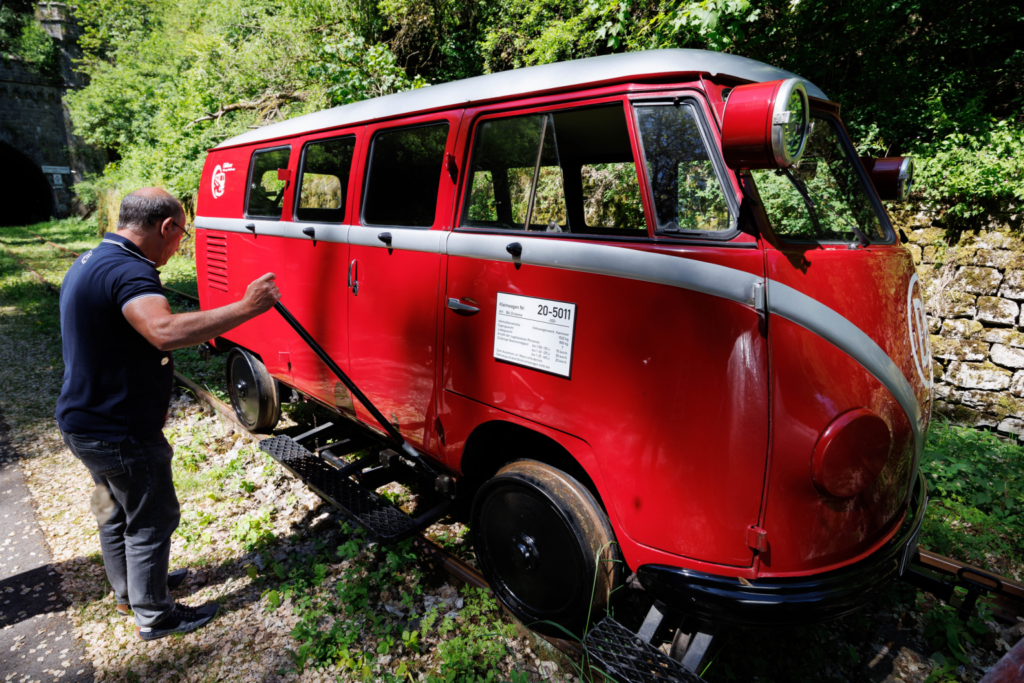
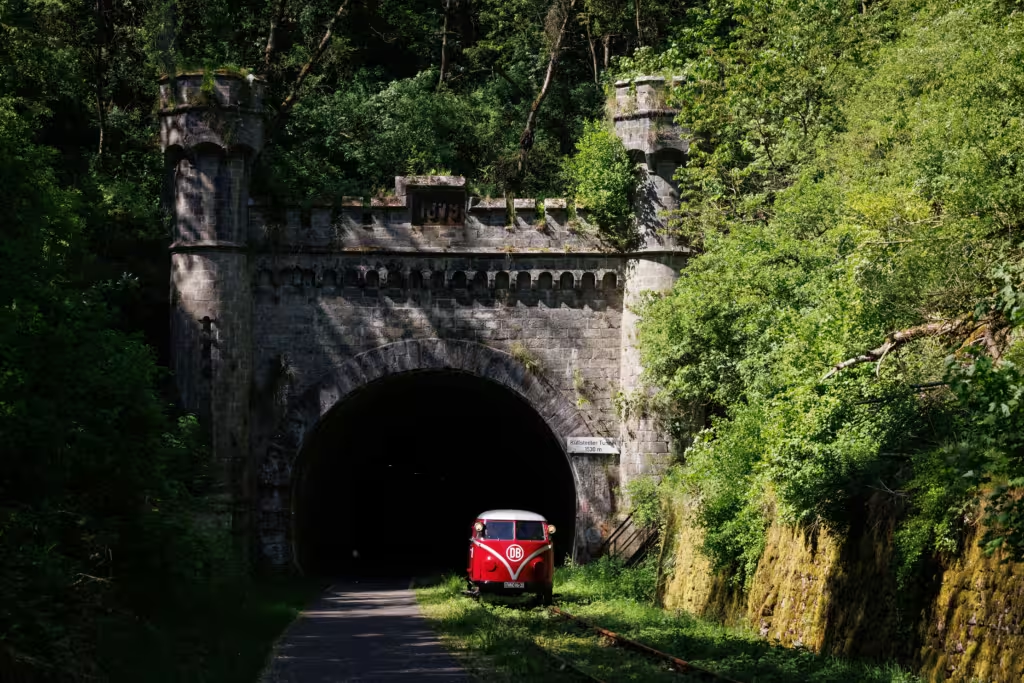
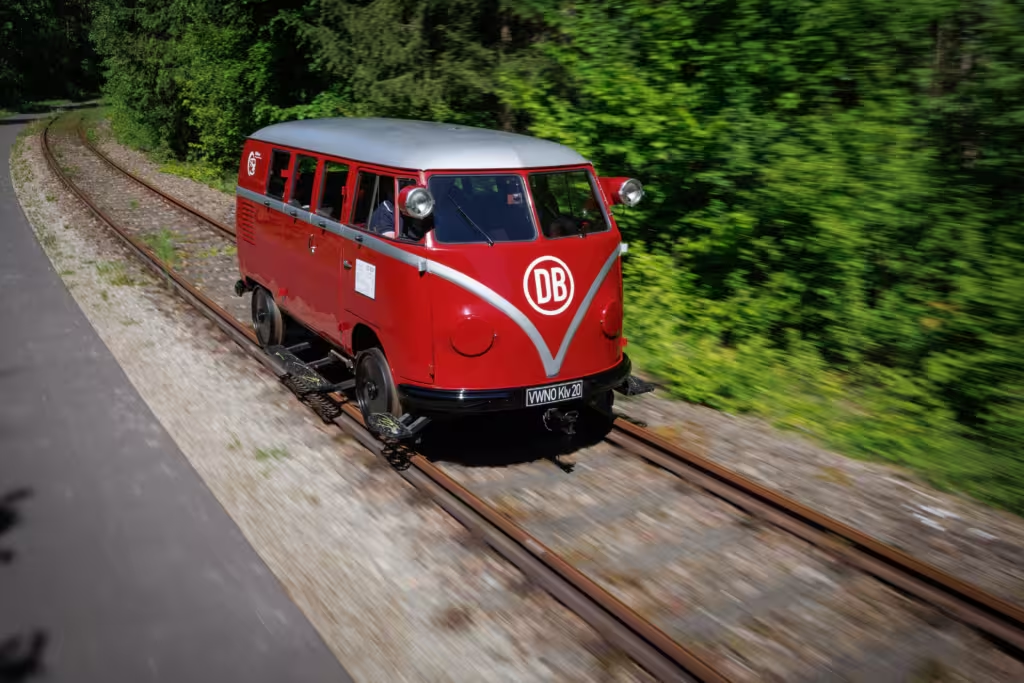
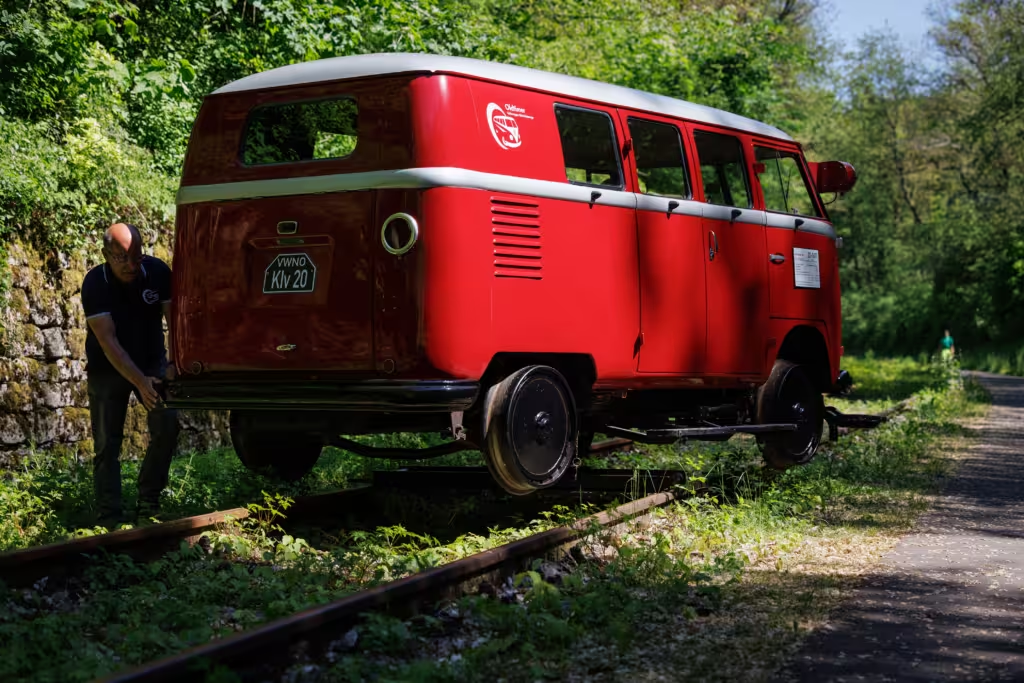
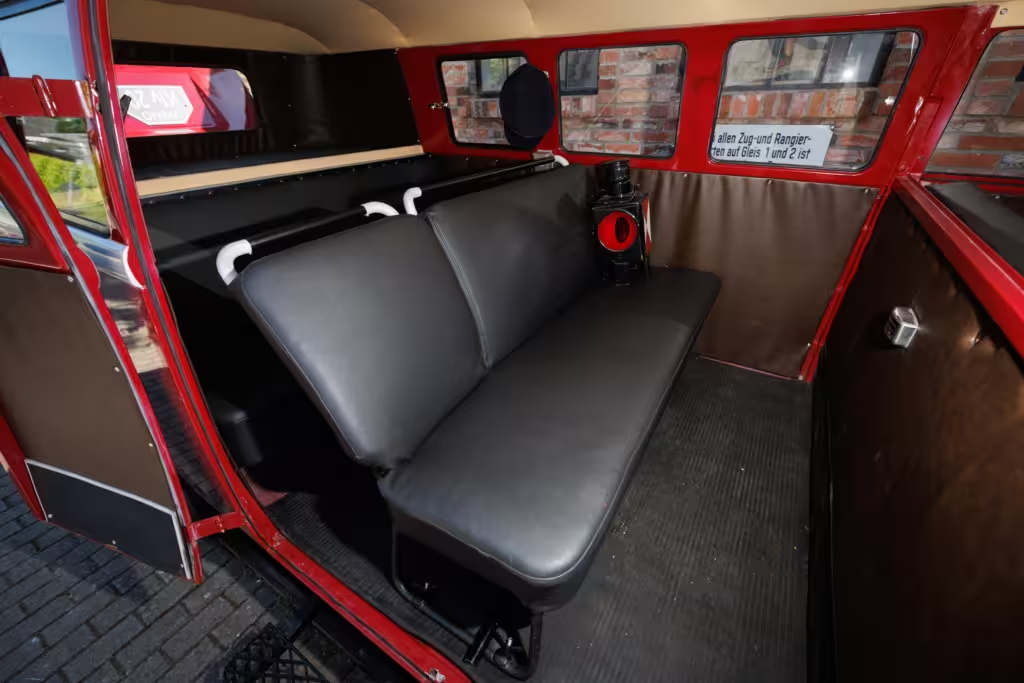
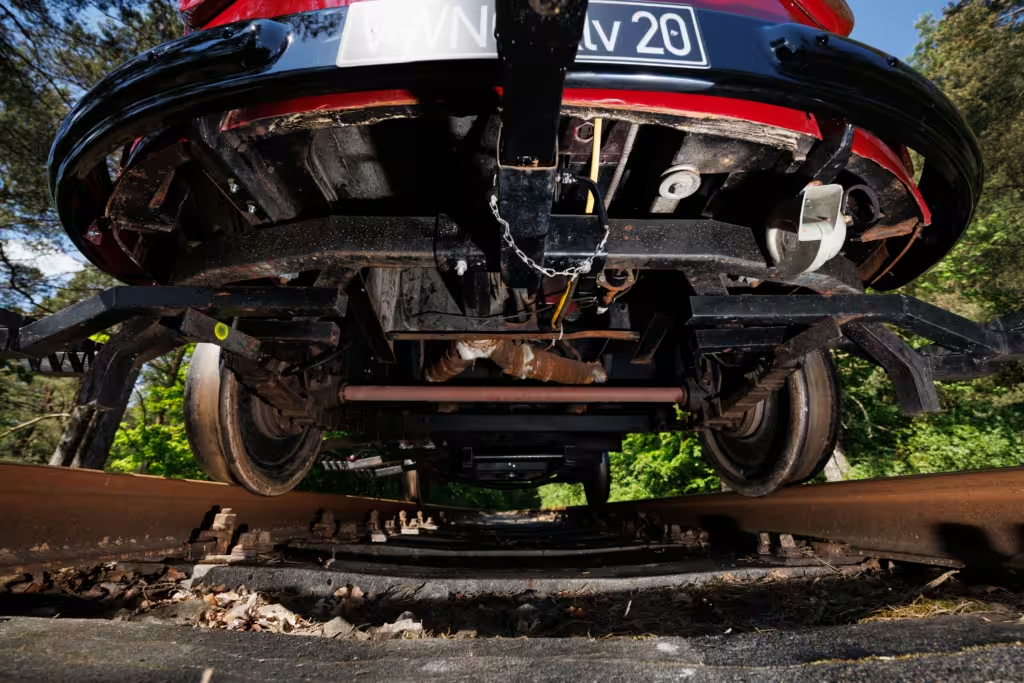
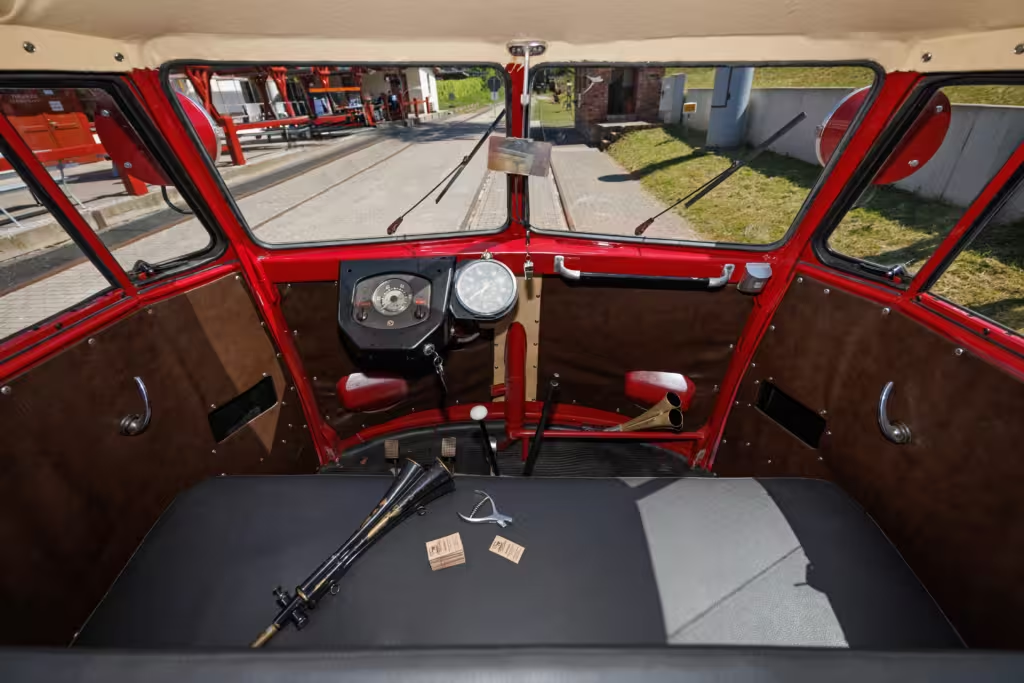
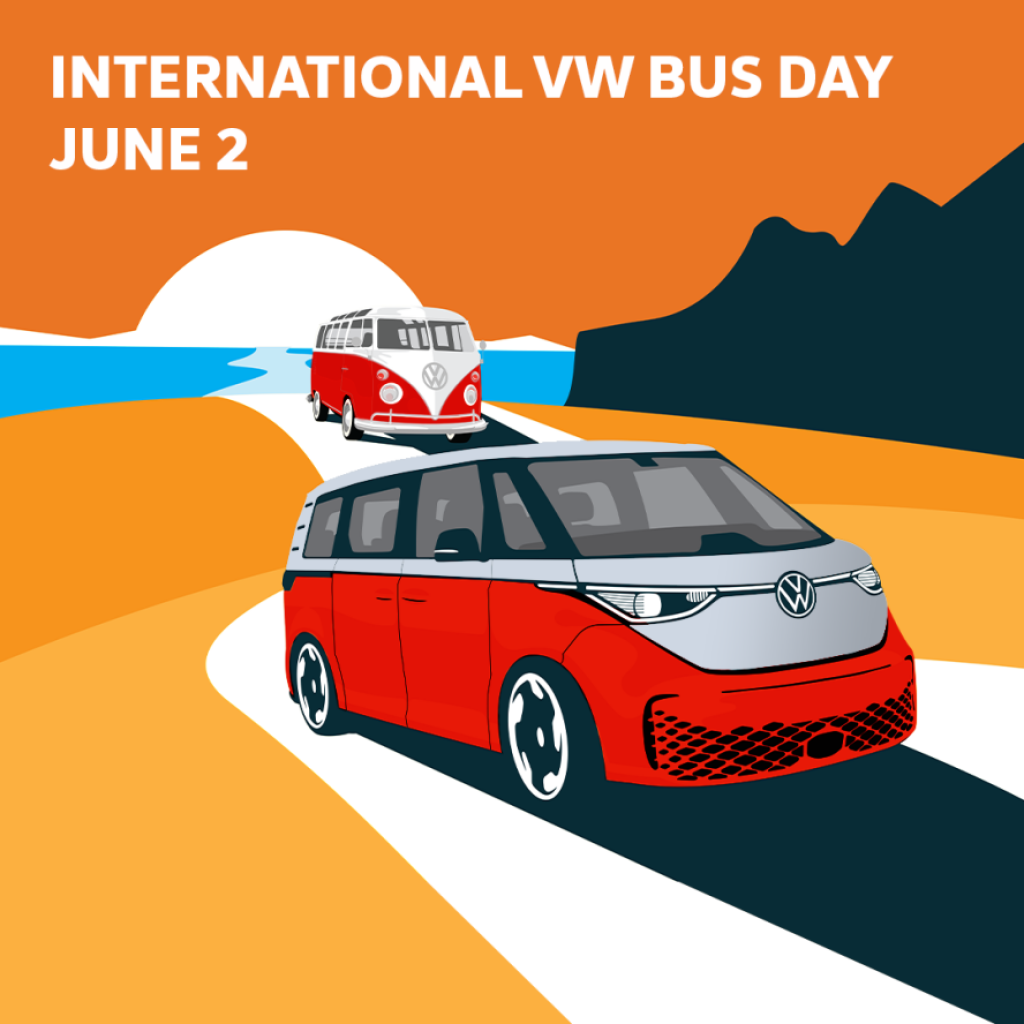
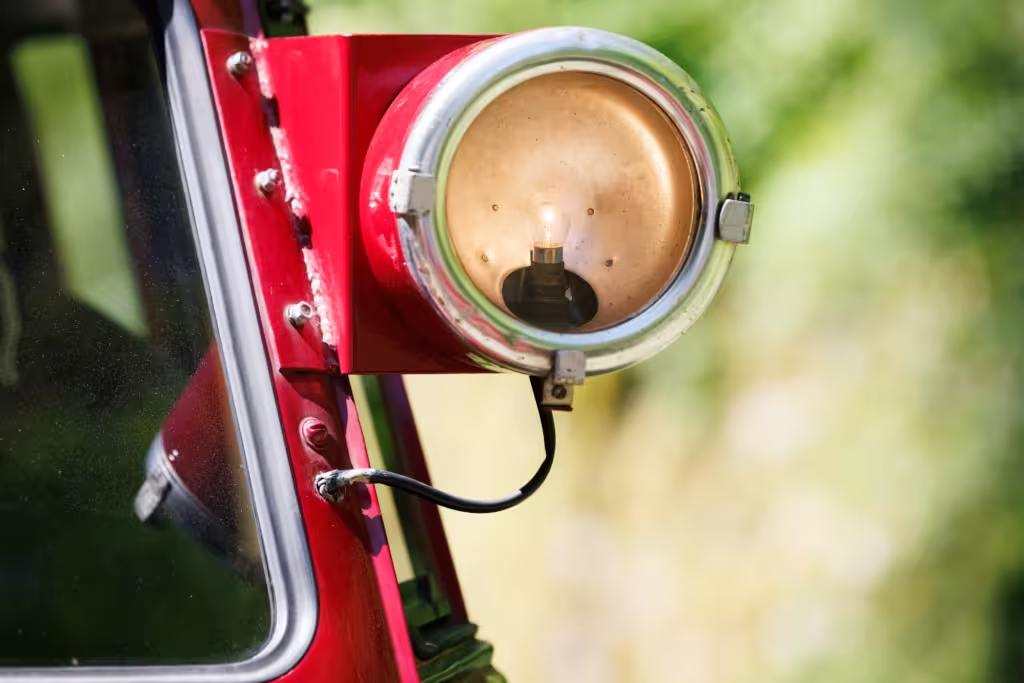

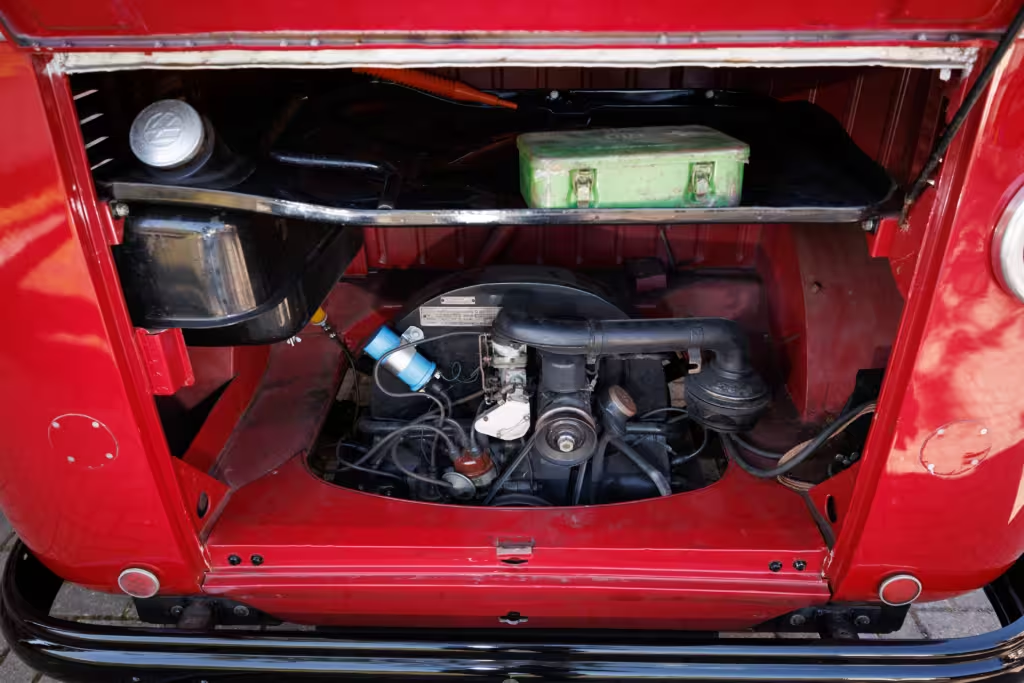
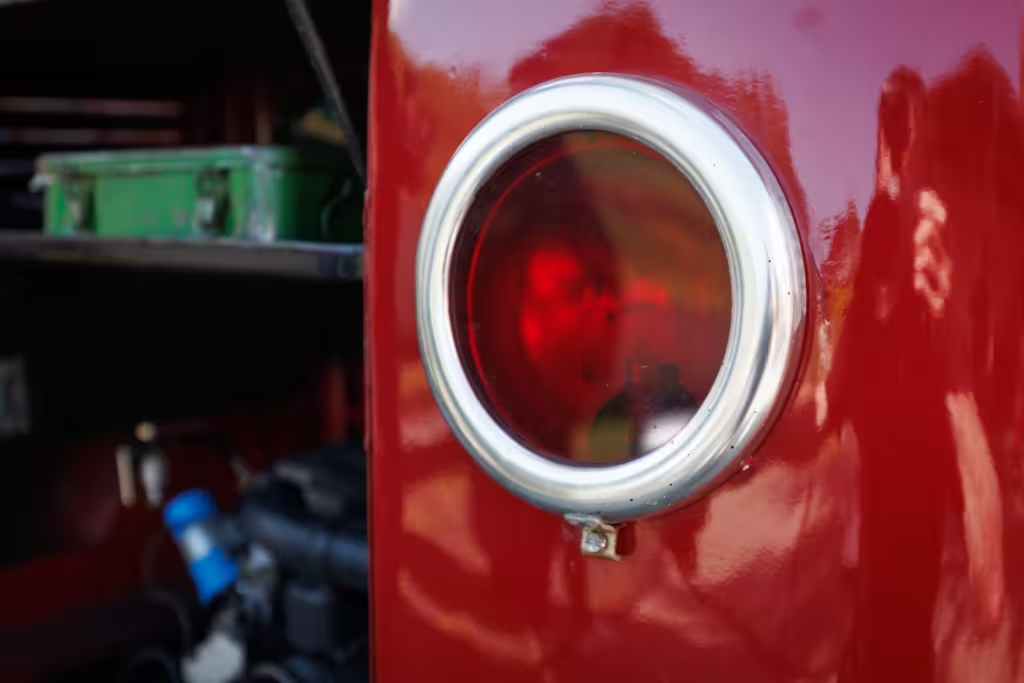
More info
You may also be curious about:
-
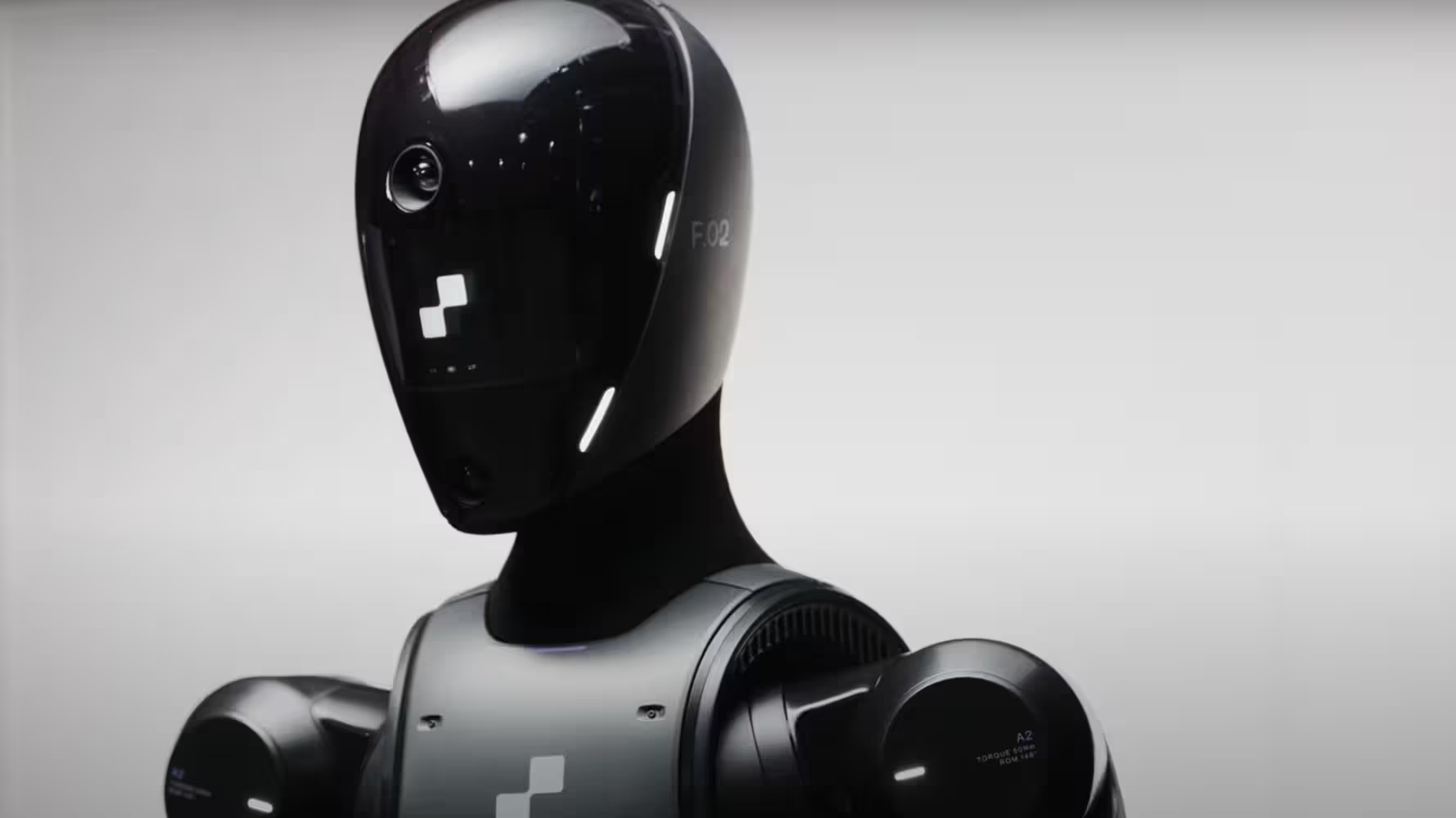
Introducing Figure 02: 2nd-gen humanoid
-
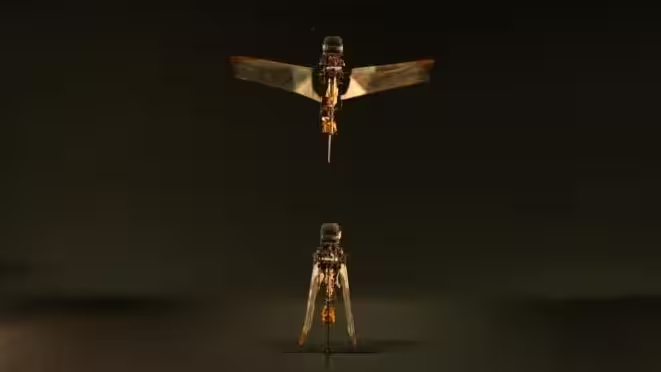
Flying like a beetle
-

The blanket that transforms into a bag
-

Revolutionary loop heat pipe transports 10 kW of waste heat – No electricity required
-

The rotation of a nearby star stuns astronomers
-

Unitree unveil wheeled quadruped
-
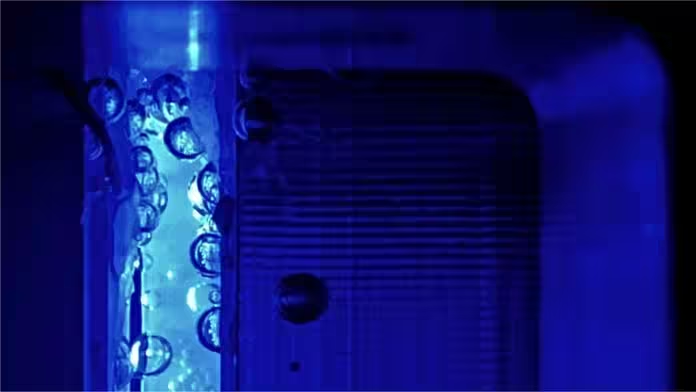
Green hydrogen: ‘Artificial leaf’ becomes better under pressure
-

Smithsonian proposes biodiversity vault on moon
-
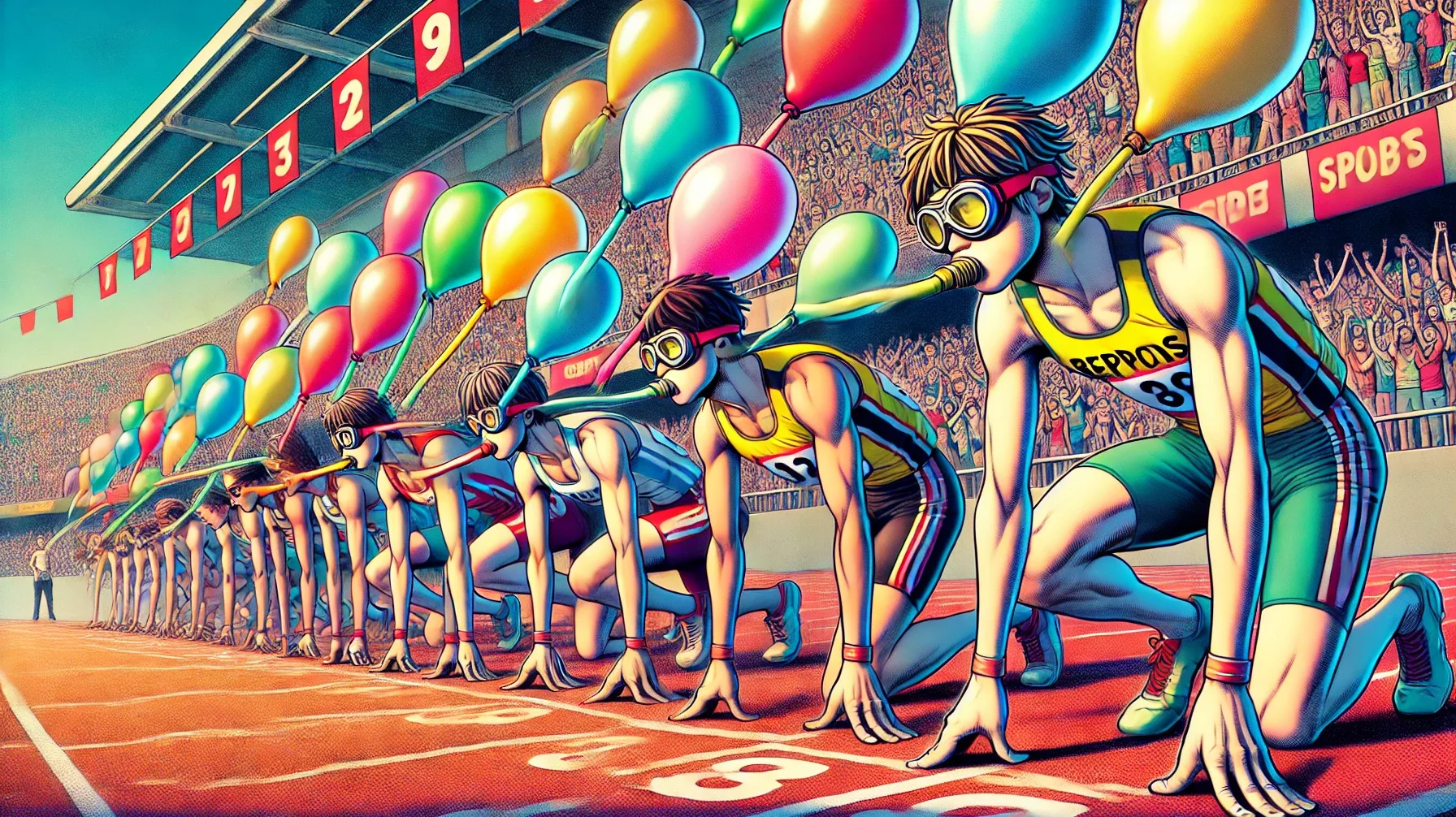
Hydrogen-rich gas inhalation can alleviate exercise-induced fatigue
-
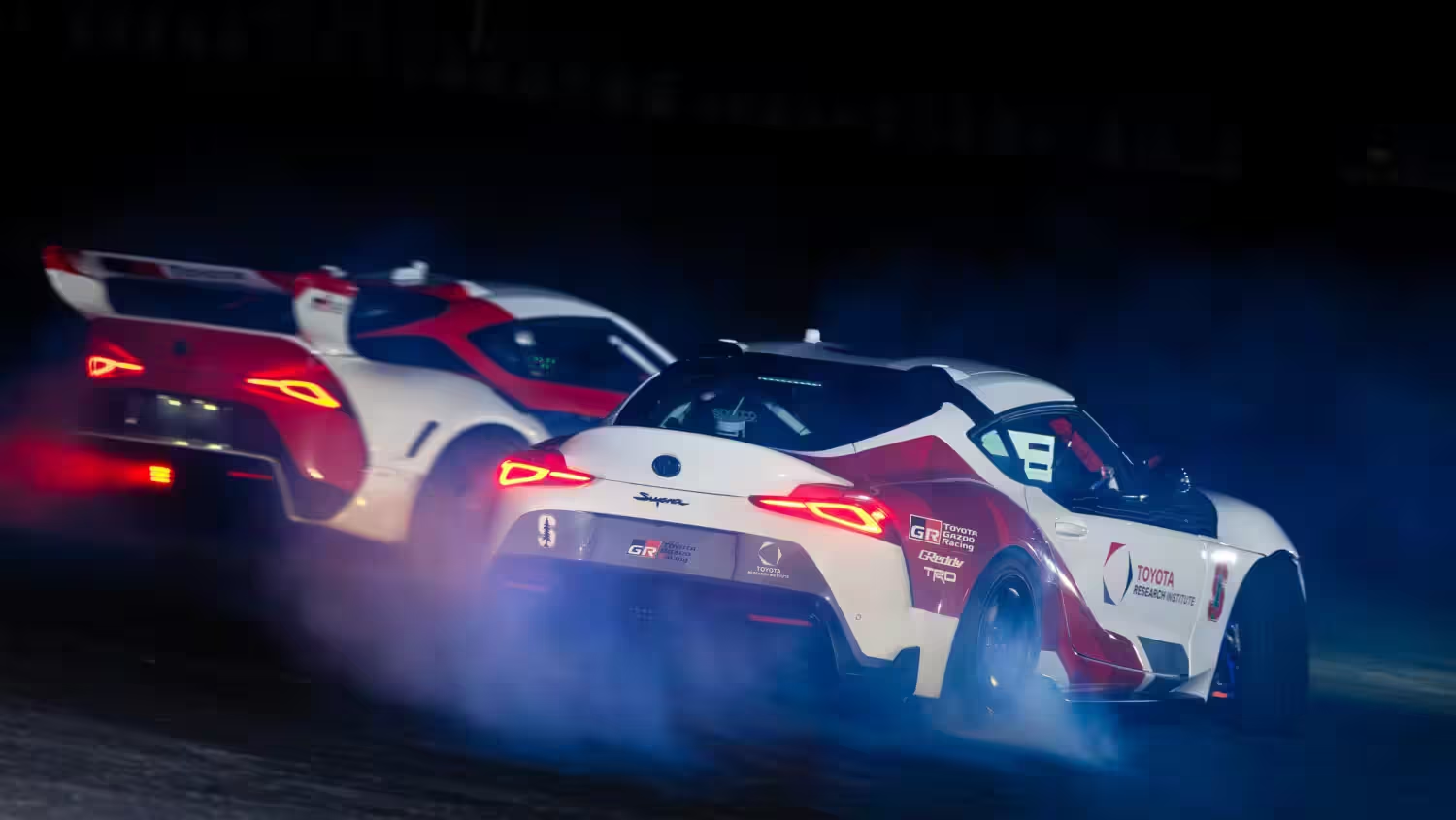
World’s first fully autonomous tandem drift sequence
-
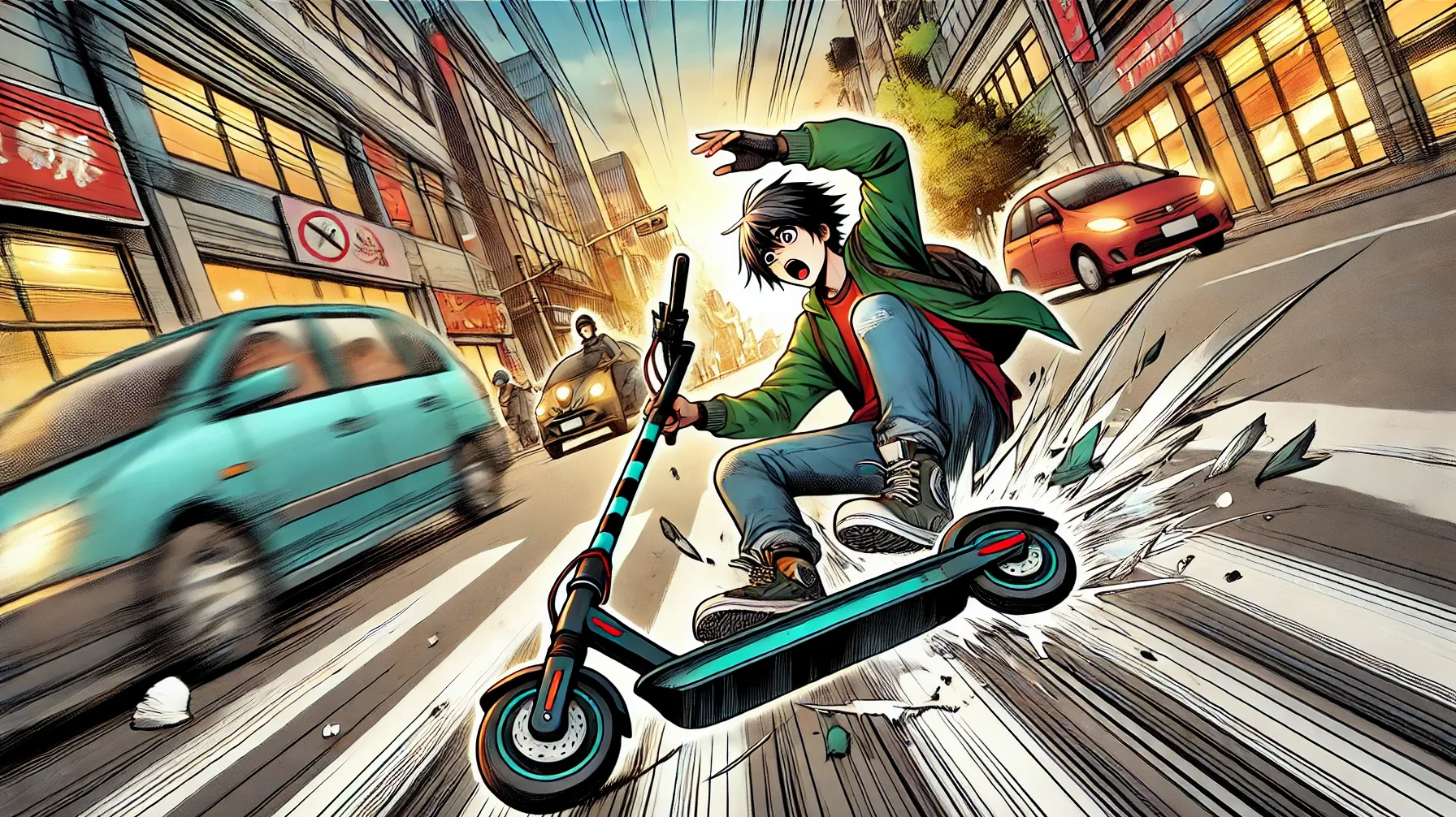
Electric scooter and bike accidents are soaring across the US
-

Patient controls Vision Pro with mind using blood vessel interface
